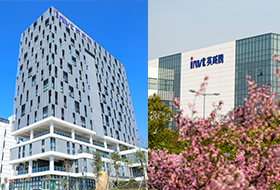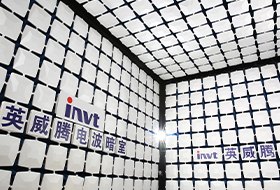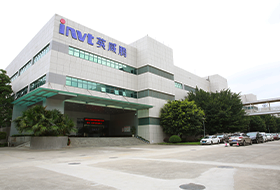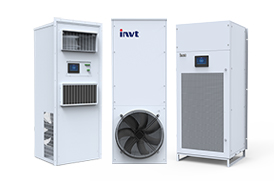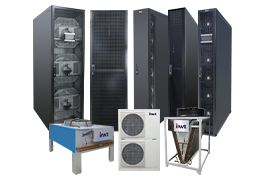Data Center Air Conditioning Energy Conservation Issues
Why is Data Center Air Conditioning So Energy Efficient? Through the research on current data centers, it is found that the air conditioning systems of most data centers have the following series of design problems.
1. Difficult system integration, switching and maintenance
In order to artificially create a low-temperature environment for server work, artificial refrigeration is completely used, and no natural cooling source is used for natural cooling.
Improving the cold source form is often the most economical and effective energy-saving method. Refrigerators consume the most power in the air-conditioning system. Free cooling by cooling towers instead of refrigerators and relying on natural cold sources to provide cooling will reduce the overall energy consumption of the air-conditioning system. It is a significant way to save energy.
In practical applications, the use of natural cooling sources has the characteristics of difficult system integration, switching, and maintenance. Therefore, only a small number of large-scale data centers in China have successfully and effectively used this technology.
2. Many energy-saving technologies of the air-conditioning system are not fully utilized
Technologies such as waste heat recovery, cold storage, variable air volume, and frequency conversion that have outstanding energy-saving effects in air conditioning systems are rarely used in data centers. Because of the particularity of the services provided by the data center, data security is the primary factor, and downtime is not allowed.
The air conditioning system is the guarantee for the normal operation of the server. Managers pay more attention to whether the cooling capacity has sufficient redundancy, and whether the backup equipment can be turned on in time when a certain air conditioner fails. The design requirements must be conservative. However, energy-saving technologies need to be accumulated for a long time, and their effects need to be accumulated over time. If you are worried that a certain technology may affect the stability of the air conditioner, you tend not to use it.
3. There is a problem in matching the cooling capacity of air-conditioning equipment with the actual load
The racks in the computer room are usually gradually invested and expanded, while the air-conditioning load and airflow organization are designed with the overall consideration of the computer room during the construction stage.
The number of racks put into use in the initial stage of the operation is small, and the air conditioning system operates under partial load, so the efficiency is not high. However, the new racks put into use in the later period often have higher power and higher heat density but are restricted by the existing layout of the computer room and cannot be placed in a position that is favorable for airflow organization.
In this way, as the racks continue to enter the site, the temperature in the computer room is always uneven, and the administrator can only lower the temperature setting value of the air conditioner, resulting in excessive cooling, resulting in high energy consumption of the air conditioner.
The temperature and humidity control mode of the precision air conditioner unit results in a waste of energy consumption for dehumidification first and then humidification
At the indoor state point where the dry bulb temperature is 23°C and the relative humidity is 50%, the dew point temperature is 11.9°C, and the air is cooled and dehumidified when it passes through the surface cooler. During the operation of the computer room, there is basically no amount of moisture dissipation, so the air humidity decreases. After exceeding the set lower limit, the air conditioner automatically turns on the humidification function. At this time, the humidifier humidifies the air at a constant temperature, which increases the latent heat and cooling load of the air conditioner, and the energy consumption of the air conditioner increases significantly.

 networkpowersales@invt.com.cn
networkpowersales@invt.com.cn
